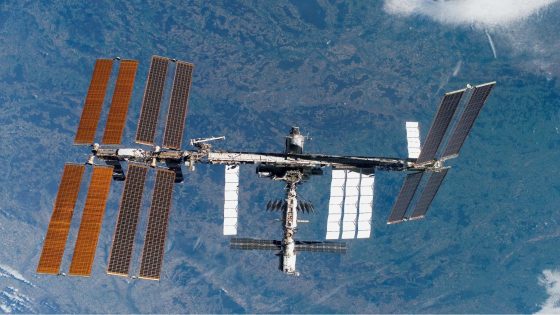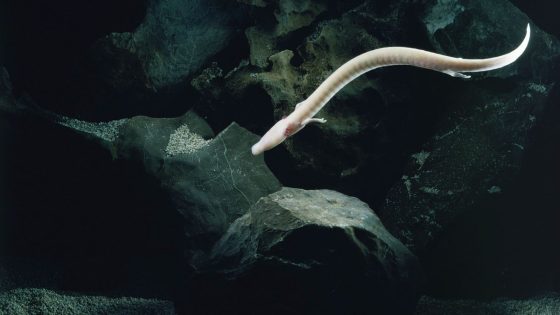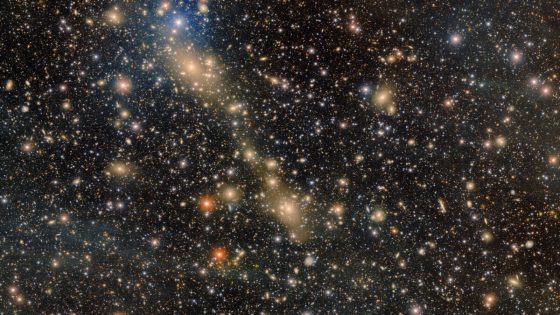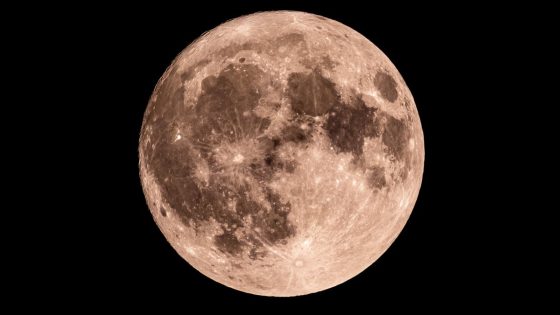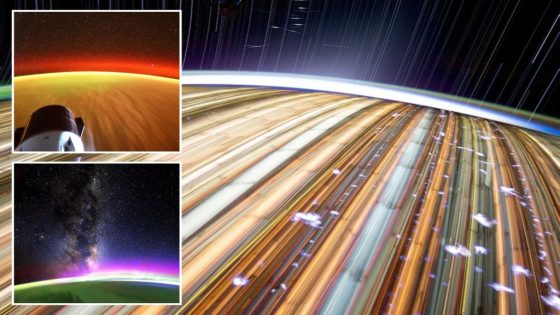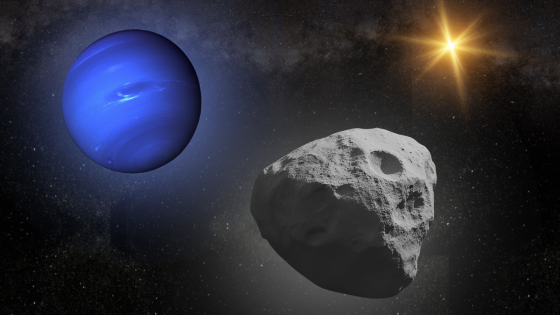The future of human space exploration is at a crossroads as NASA prepares for the retirement of the International Space Station (ISS) in 2030. With nearly 30 years of service, the ISS has been a vital platform for scientific research and international collaboration. As of August 4, 2025, NASA’s new directive aims to replace the ISS with a privately-run space station, but recent budget constraints are reshaping these plans.
- ISS retirement planned for 2030
- NASA to replace ISS with commercial station
- New directive lowers minimum capability requirements
- Space Act Agreements continue in second phase
- Budget cuts create funding shortfall concerns
- Revised strategy aims for better commercial partnerships
Under the leadership of U.S. Transportation Secretary Sean Duffy, NASA is revising its Commercial Low Earth Orbit Destination (CLD) program. The agency is now lowering the minimum capabilities required for new commercial stations, which raises concerns about maintaining a continuous human presence in low-Earth orbit.
This change begs the question: can NASA effectively maintain its space presence with reduced requirements? The revised approach might foster quicker partnerships but could compromise the quality of future missions. Key points include:
- Minimum crew capacity reduced from six months to one month.
- Space Act Agreements will continue instead of fixed-price contracts.
- Budget shortfalls could hinder the development of robust commercial stations.
As we look ahead, the success of NASA’s commercial partnerships will be crucial for the future of human space exploration. Will these adjustments pave the way for innovative solutions, or will they hinder progress? Only time will tell.



